Currently On View

War affects everyone, especially children, whether in Europe during the First and Second World Wars, Asia during the Korean and Vietnam wars, or the conflicts in the Middle East and Ukraine. War through the eyes of children is the focus of the exhibit War Toys: Ukraine which the museum will host from February 4 through September 28. This traveling exhibition is a program of Exhibits USA, a division of Mid-America Arts Alliance in Kansas City. It is a unique and touching exhibit that features internationally recognized photographer Brian McCarty who collaborated with specialized therapists and children who have been affected by conflict on this project titled War Toys, which is now active in and near Ukraine. The project invokes principles of expressive art therapy to safely gather and articulate children's accounts of warfare.
In this exhibition, 12 children’s drawings are presented alongside McCarty’s photographs. In the process of sharing their artwork, children would often reveal the details that were most important or impactful to them but also bury other elements as if to protect them. The viewers’ eyes will move back and forth from McCarty’s works to the children’s drawings, recognizing the similarities and differences – but most importantly, reading between the lines.
“After a decade of fieldwork and research devoted to centering the voices and experiences of children affected by war, we know that the cost of conflict is too high and is paid, not in capital, but in the lives, mental health, and well-being of generations of children.” —Brian McCarty
From Shangri-La to Tokyo: The Story of the Doolittle Raiders
April 18, 2023- June 30, 2025

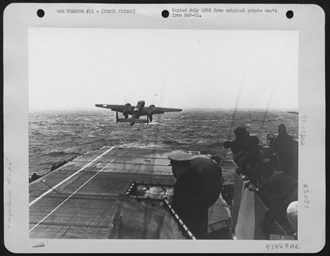
One of the most compelling factors of the Doolittle Raid was the enormous amount of secrecy afforded to the mission. Despite the need of tests, training, and modifications made to the B-25s to be used on the mission, neither the airmen, nor the crew of the U.S.S. Hornet were aware of the intended target until just days before their arrival. This secrecy continued even after the raid’s conclusion. Not wanting to alert the Japanese to the launch site of the raiders, the U.S. government would reveal limited information on the attack to the press. In order to evade the question from journalists, President Roosevelt would historically state that the B-25s took off from “Shangri-La,” a fictional city found in James Hilton’s novel, Lost Horizon. This exhibit will set this secrecy as its backbone, using it as major takeaway that will highlight the heroic undertakings of Lt. Colonel Doolittle and his crew of raiders.
Imagery and Irony: The Fight for Women's Suffrage through the Political Cartoons of Nina Allender
Nina Allender's political cartoons illustrated the fight for women's suffrage in ways that no other medium could. The battle for equality became accessible, tangible, funny and gut-wrenching through her art. From 1914 until her final cartoon appeared in 1927, Allender created more than 300 illustrations during the woman's suffrage campaign. This exhibit explores the power of those illustrations and their connections to government propaganda created to support World War I.
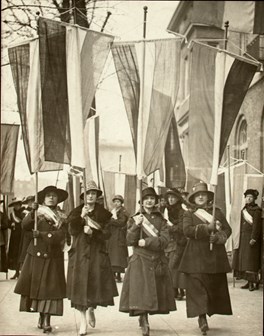
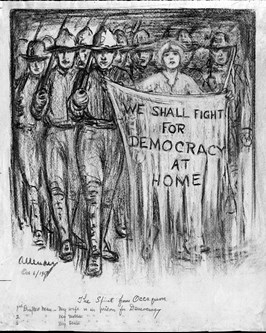
Vietnam, America’s Conflict
Vietnam, America’s Conflict brings together the powerful photography of Jim Guy Tucker and Bruce Wesson, graduates of Little Rock's Hall High School class of 1961. The work of these two schoolmates captures the faces of men, women, and children learning first hand their own profound lessons of war. Using the portraits in this exhibit, Tucker and Wesson remind museum patrons of the reality of war.
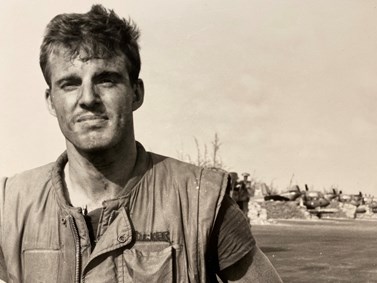
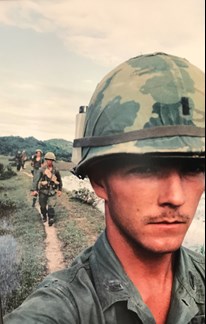
War and Remembrance
Learn how photos, letters, other memorabilia and events help us to understand the Civil War perspective through memory and time.
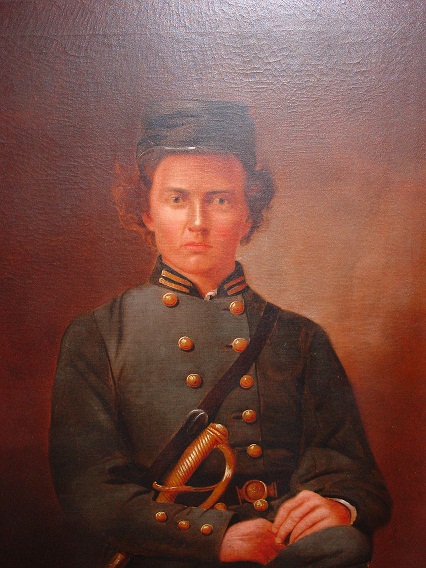





 Trash & Recycling
Trash & Recycling
 Online Payments
Online Payments
 City Documents
City Documents
 Parks
Parks
 Traffic Court
Traffic Court
 CITY PARKS
CITY PARKS
 Outdoor Recreation
Outdoor Recreation
 Volunteer
Volunteer
 Home
Home TRANSLATE
TRANSLATE
